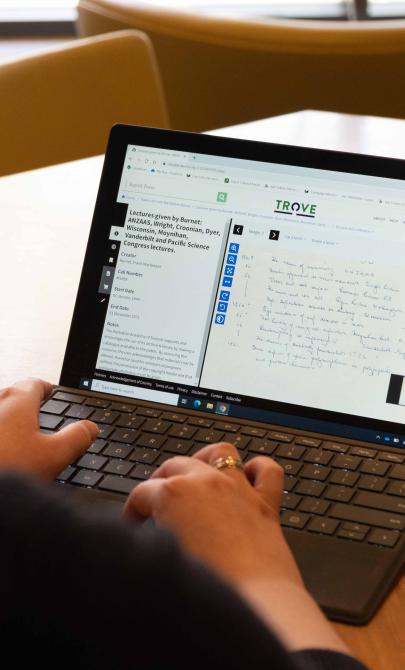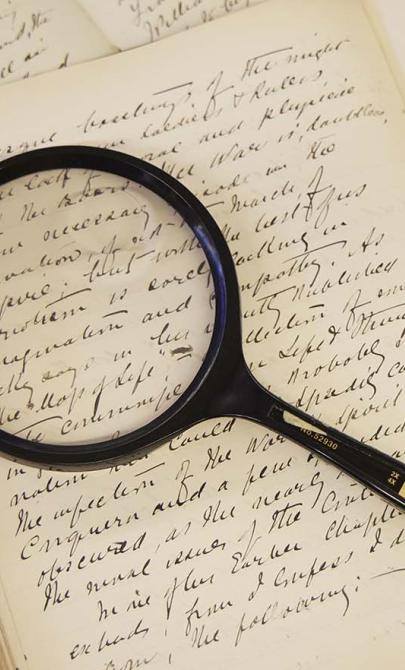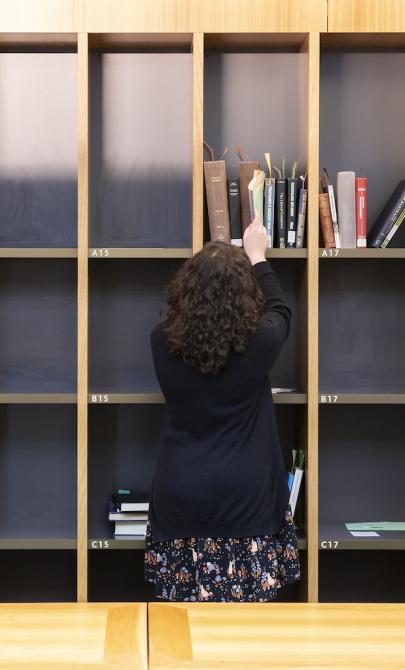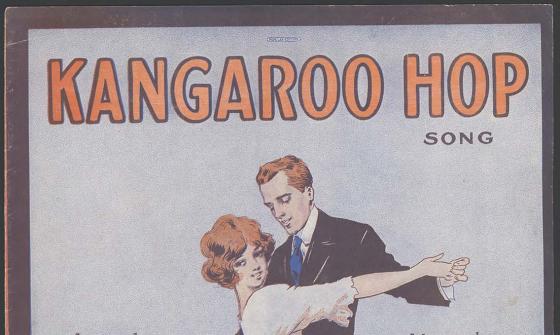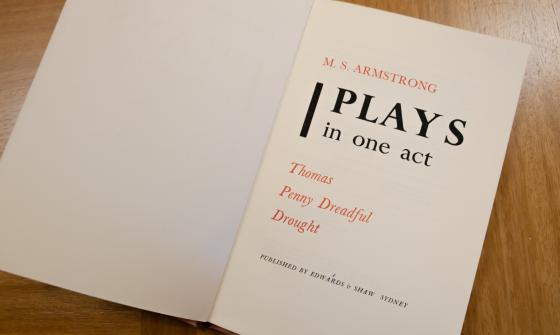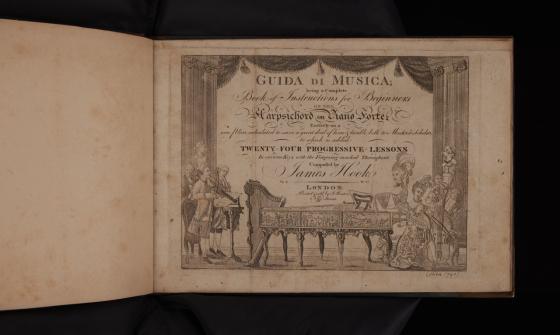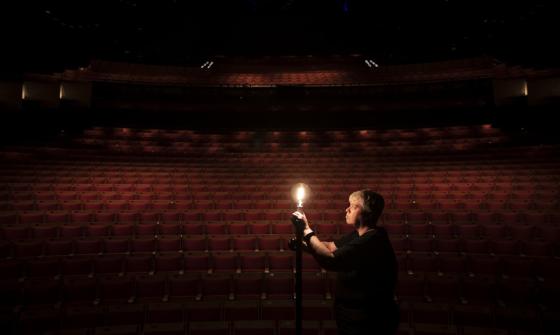Symphony Australia Collection
Key items in the collection
Highlights from this collection demonstrate its historical significance and variety.
The Symphony Australia Collection includes a large number of music scores and parts, mostly unpublished, that were used by the Australian Broadcasting Commission orchestras. Written between 1910 and 1970, the collection features a variety of works, including chamber, choral, piano, vocal, and orchestral pieces. Some scores are signed by the composer, while others are written by copyists. Many include revisions, annotations, and performance notes, and some have letters or photos.
The music was created by Australian composers, many of whom worked for the ABC. The largest portion, 548 works, are by Alfred Hill, who moved to Australia from New Zealand in 1911. His collection, donated by his wife, includes chamber and vocal works, as well as seven symphonies and five concertos.
The rest of the collection contains around 1,574 works by other composers, many orchestral pieces that include both full scores and parts. Composers represented include John Antill, Edgar Bainton, James Brash, Clive Douglas, Felix Gethen, Eugene Goossens, Edith Harrhy, and others.
The Eugene Goossens collection contains about 220 volumes of scores, dating from the 1720s to the 1970s, including works by composers like Handel, Haydn, Beethoven, Mozart, Mendelssohn, and Stravinsky. Some of these scores have notes or inscriptions from the composers to Goossens.
The Musica Australis collection holds around 800 Australian compositions from the colonial era, compiled by Richard Divall for the ABC’s Musica Australis series in the 1960s and 1970s.
The concert touring schedules document the travel plans and itineraries of Australian and international performers.
The Library holds a microfiche copy of a card index called ‘Bob’s Index’, which records Australian orchestral concerts. The main index is organised alphabetically by composer and includes details such as the date, location, conductor, associate artist, and the type of concert (e.g., schools, proms, radio programs). It covers performances in both regional cities and capitals, with entries from 1938 to 2001, mostly from 1960 to 2001.
There are also four smaller indexes:
- Performances of traditional songs and national anthems (1958–2001)
- Performances of Australian Christmas carols (1960–2001)
- Performances of Australian compositions (1946–1961)
- First Australian performances (1952–1996)
About Symphony Australia
Early History and the ABC's Support of Composers
From its establishment in 1932, the Australian Broadcasting Commission (ABC) was a principal patron of Australian composers. By 1936, studio orchestras had been formed in all capital cities, ranging from 11 to 45 players, and were occasionally supplemented for symphony concerts. Over 100 Australian works were offered to the ABC each year, with many of them broadcast at least once. These works were stored in the Federal Music Library, which was set up in 1936 as a central source for scores needed by ABC orchestras, dance bands, and choruses.
Post-War Expansion of Symphony Orchestras
After World War II, the ABC established full-time symphony orchestras in each capital city. The Sydney Symphony Orchestra held its first concert in 1947, conducted by Eugene Goosens, followed by the Queensland, Tasmania, Victoria, South Australia, and Western Australia orchestras in the years that followed.
Changes in the 1980s and 1990s
In 1984, the Australian Broadcasting Commission was replaced by the Australian Broadcasting Corporation (ABC). The position of the symphony orchestras within the ABC was the subject of various reports in the following years. The Keating Government's 1994 Creative Nation Statement announced that the Sydney Symphony Orchestra would be transferred from the ABC to local control, and it was incorporated as an independent entity in 1996. The Cultural Ministers Council also decided in 1996 that the other five orchestras should follow suit.
Formation and Reduction of Symphony Australia
Symphony Australia was established in 1996 as an independent subsidiary of the ABC, replacing the National Office of ABC Concerts. The organisation served as a service body, providing the six orchestras with human resources, financial management, library, and other services, as well as managing an artist development program. However, its activities and staff were drastically reduced in 2005, and it is now known as Symphony Services Australia.
Background to the collection
The Symphony Australia Library donated its collection of music scores to the National Library in 2001. Further instalments were added in 2003, 2005 and 2009.
The Symphony Australia Collection is kept together as a formed collection within the Music Collection and it is divided into its various components. All items in the collection have a catalogue record.
The microfiche of the index to performances is held in the Newspaper and Microform Collection. There are 126 microfiche. The four subsidiary indexes are on fiches 124-26.
This guide was prepared using these references:
- Martin Buzacott, The rite of spring: 75 years of ABC music-making, Sydney, ABC Books, 2007
- Robyn Holmes, Keeping score, National Library of Australia News, vol. 14 (8), May 2004, pp. 11-12
- Robyn Holmes, Caroline Waller, and John Davis, Preserving the ‘Symphony Australia Collection’, Music Forum, vol. 8 (4), April-May 2002, p. 12
- K.S. Inglis, This is the ABC: the Australian Broadcasting Commission 1932-1983, Melbourne, Melbourne University Press, 1983
